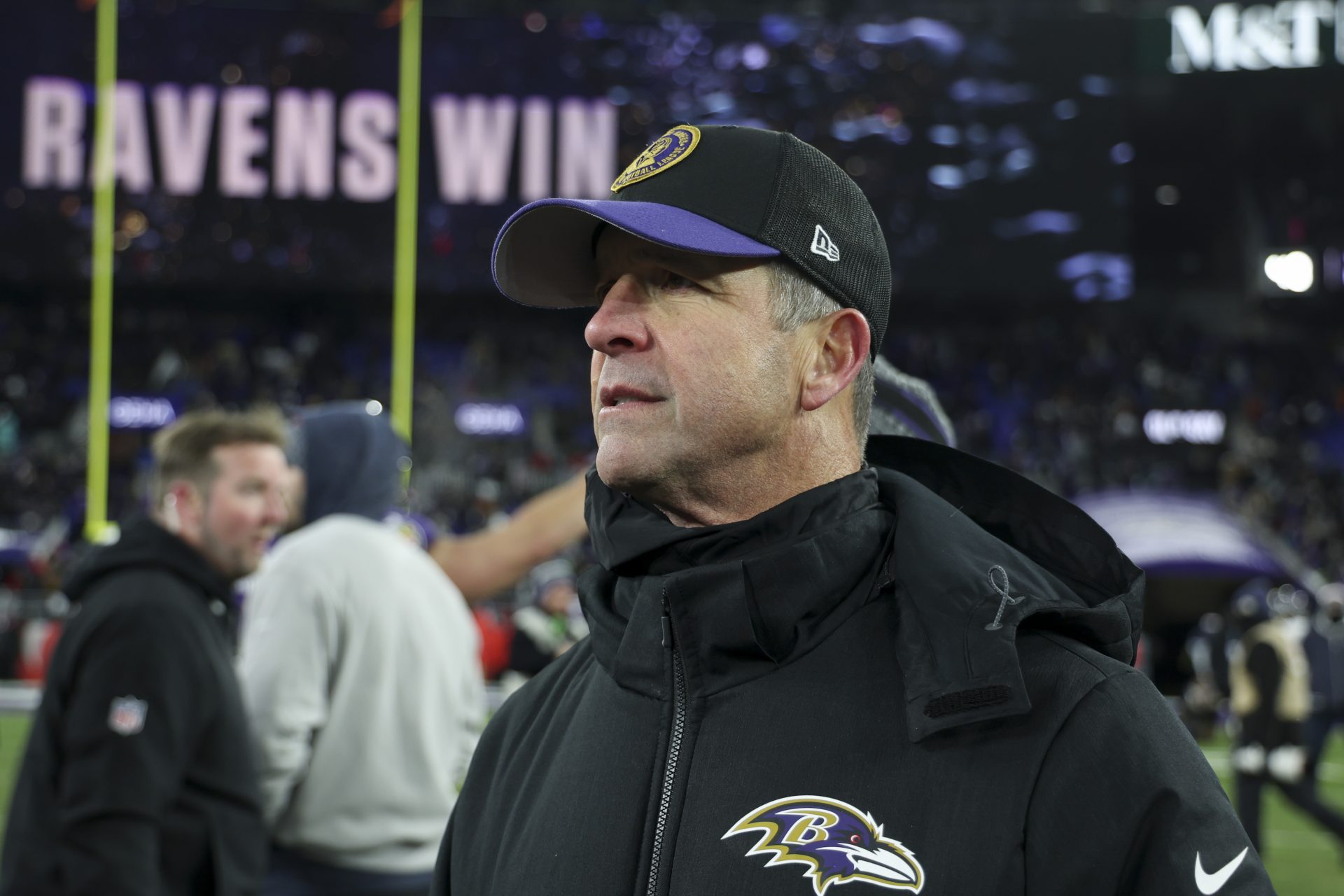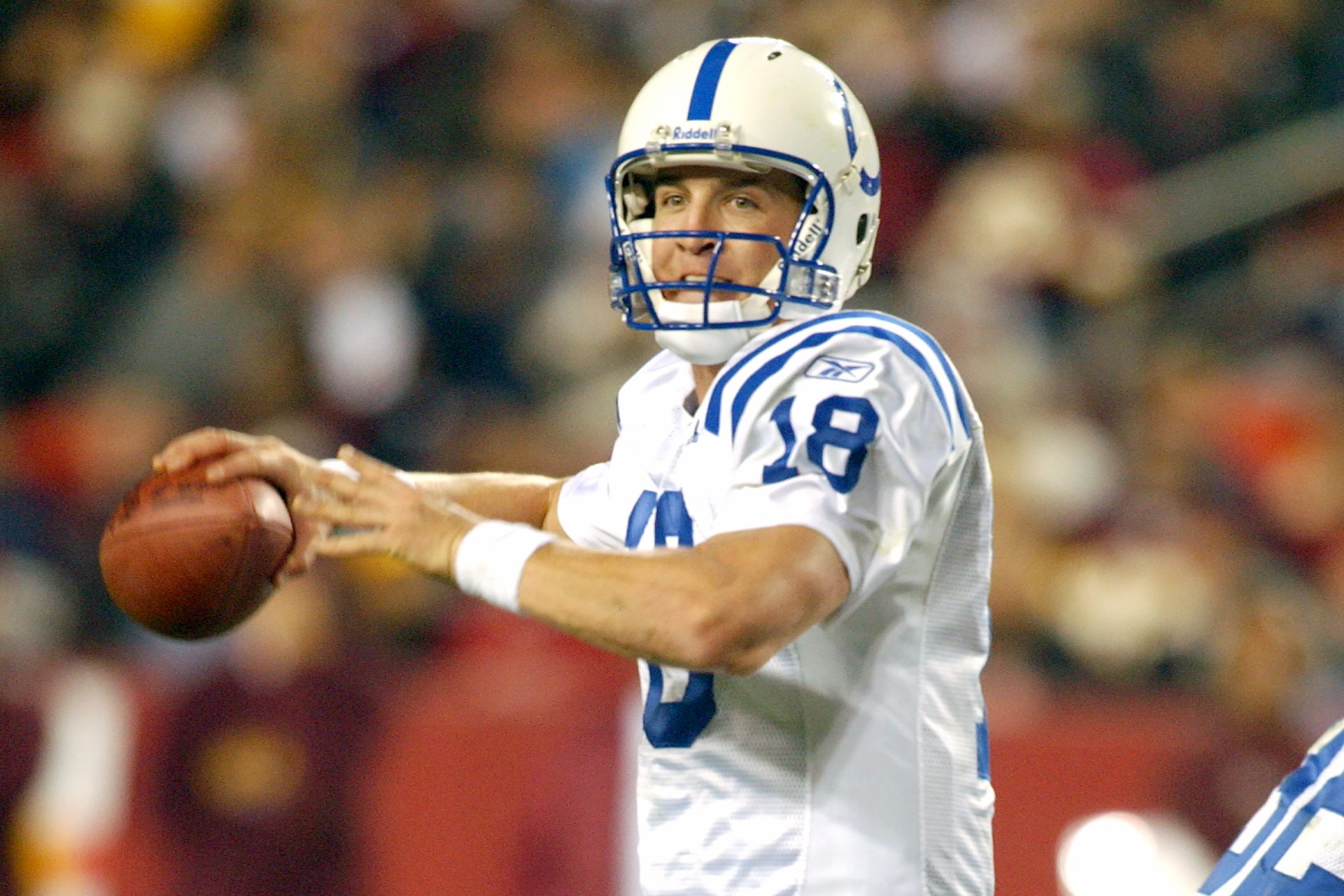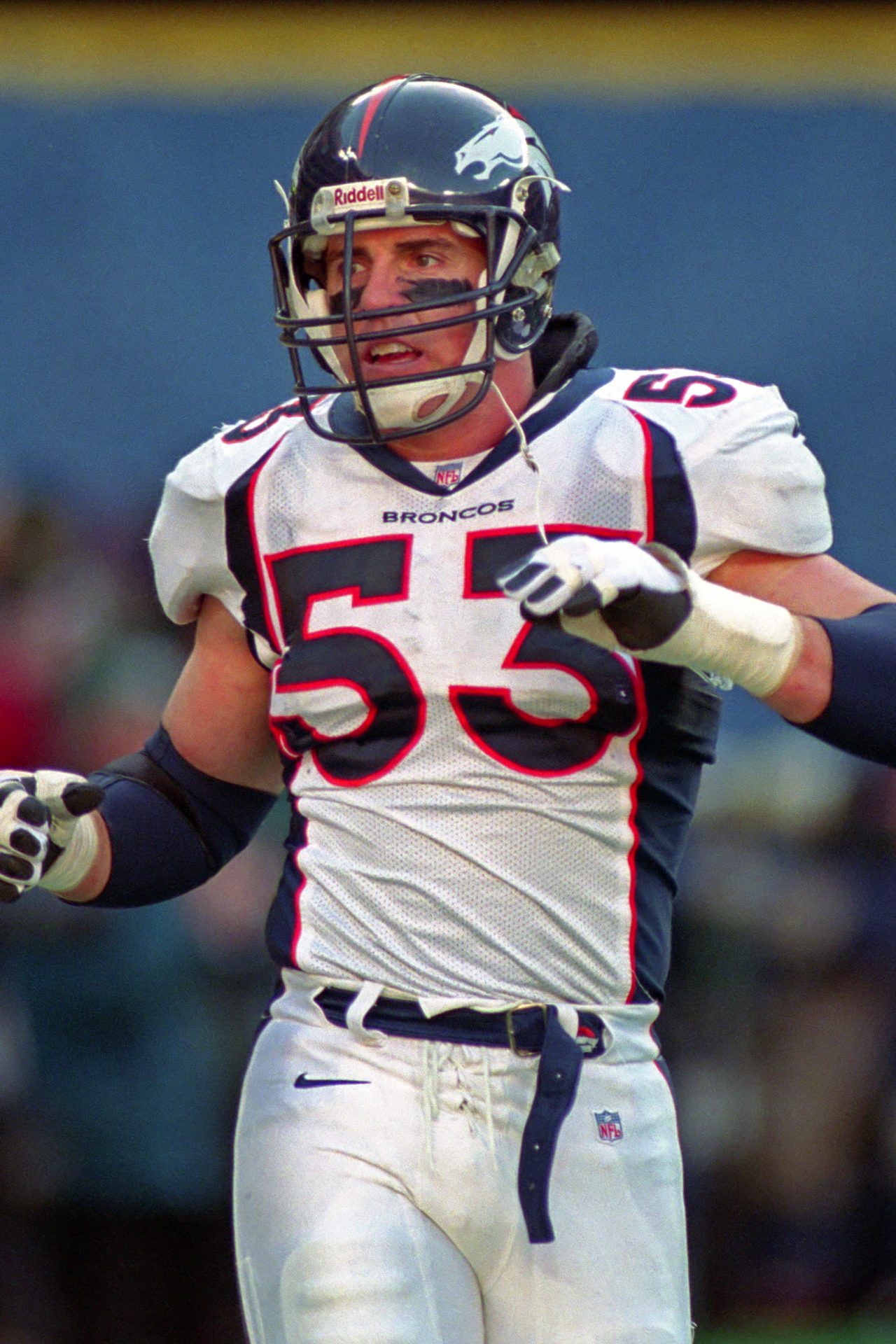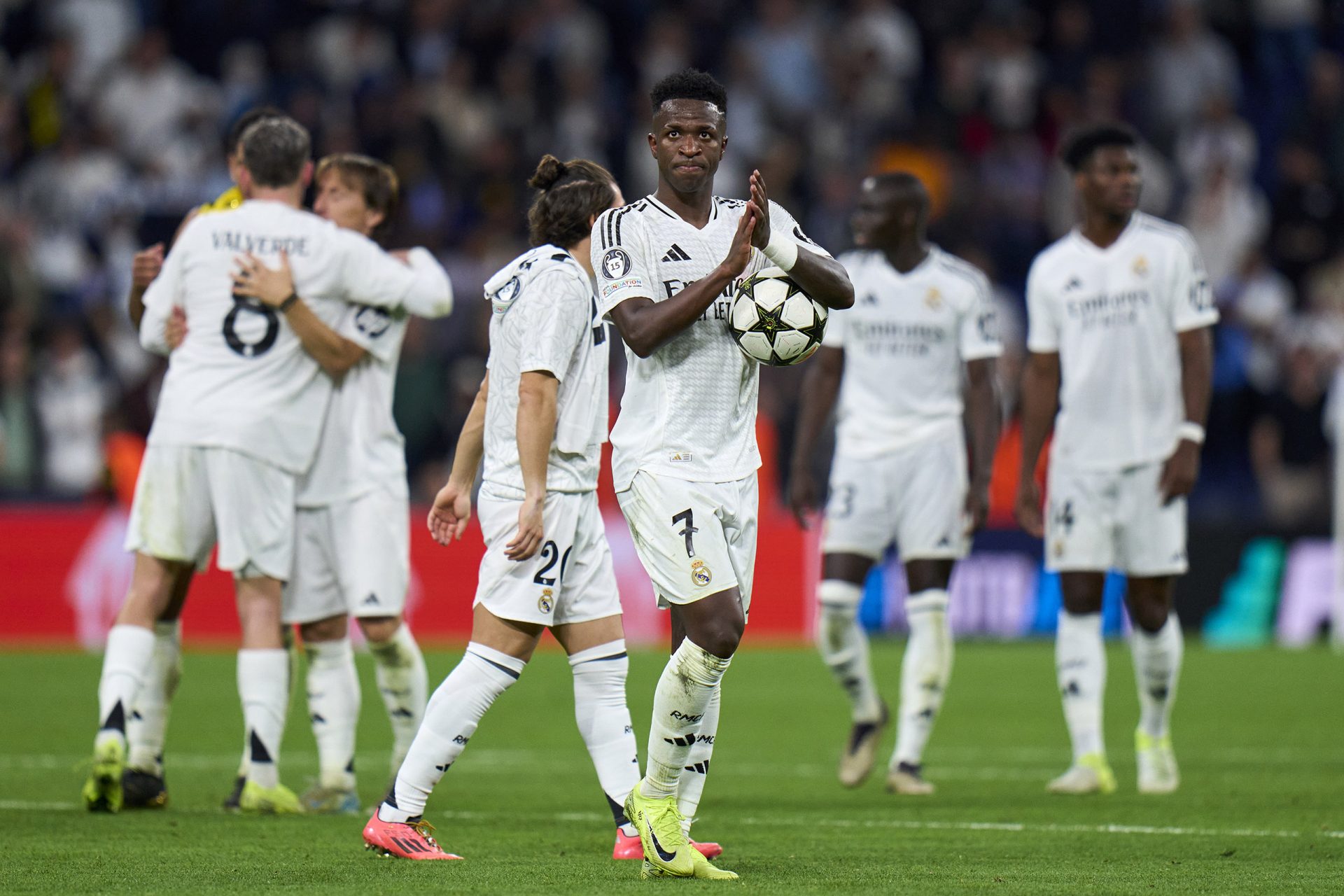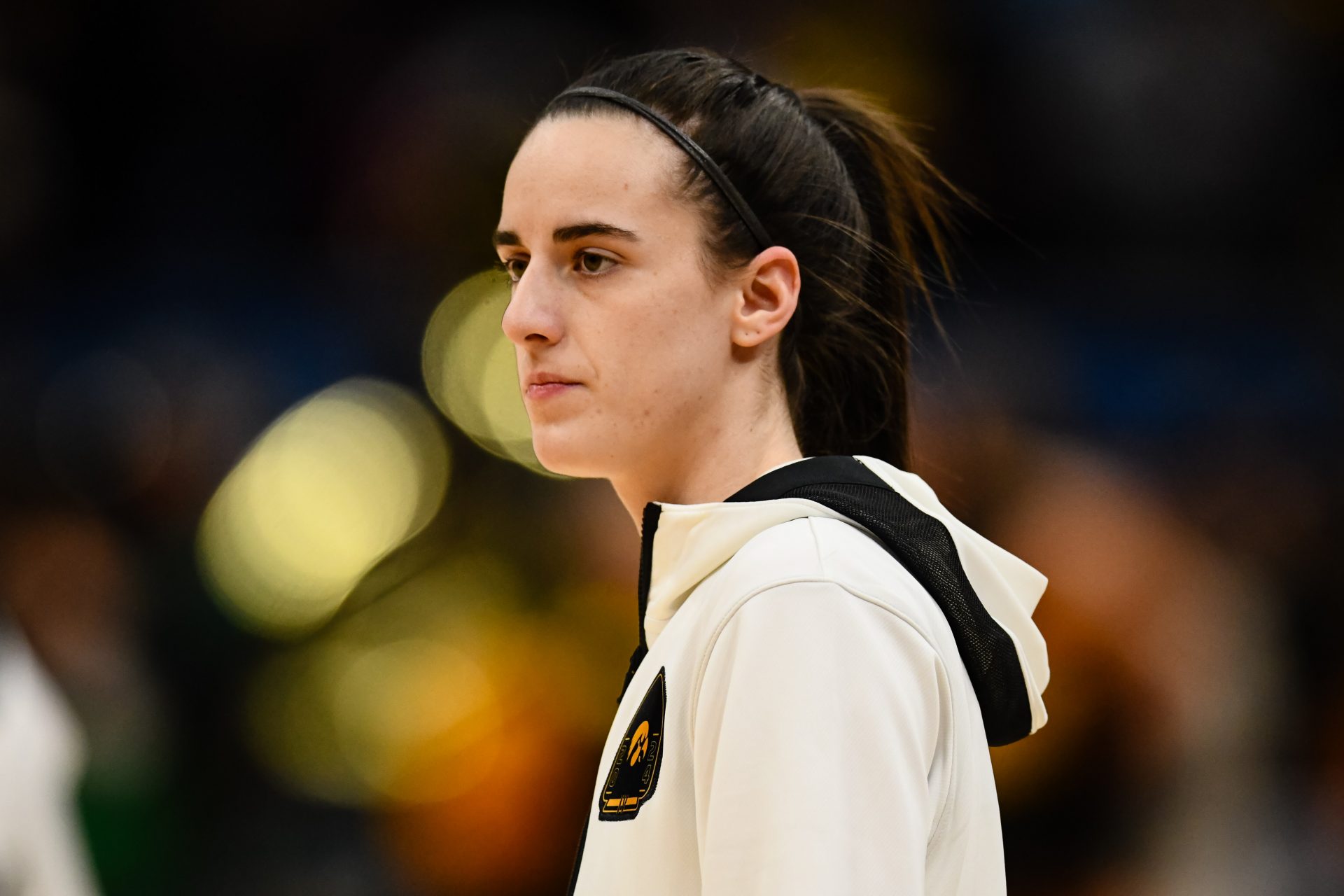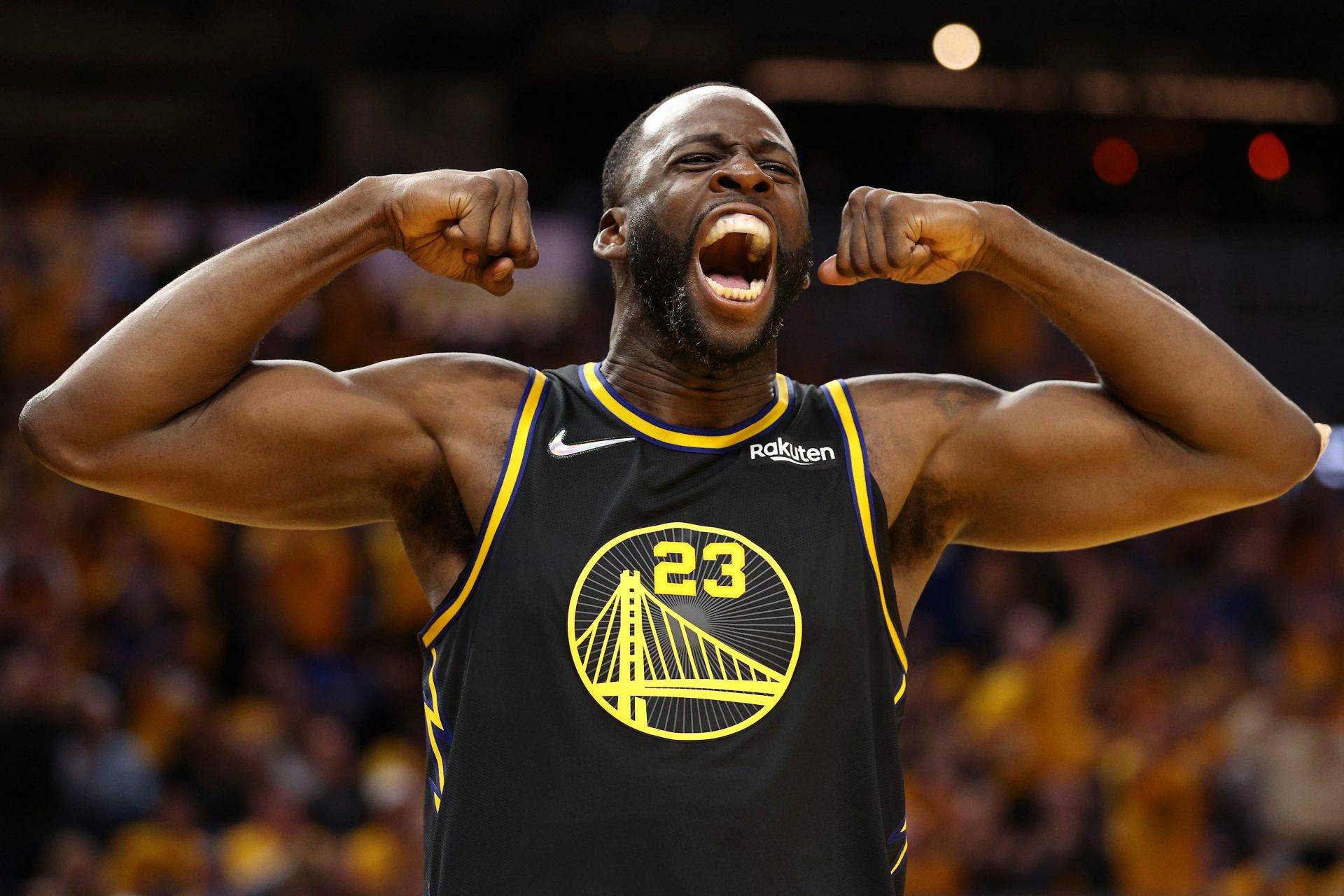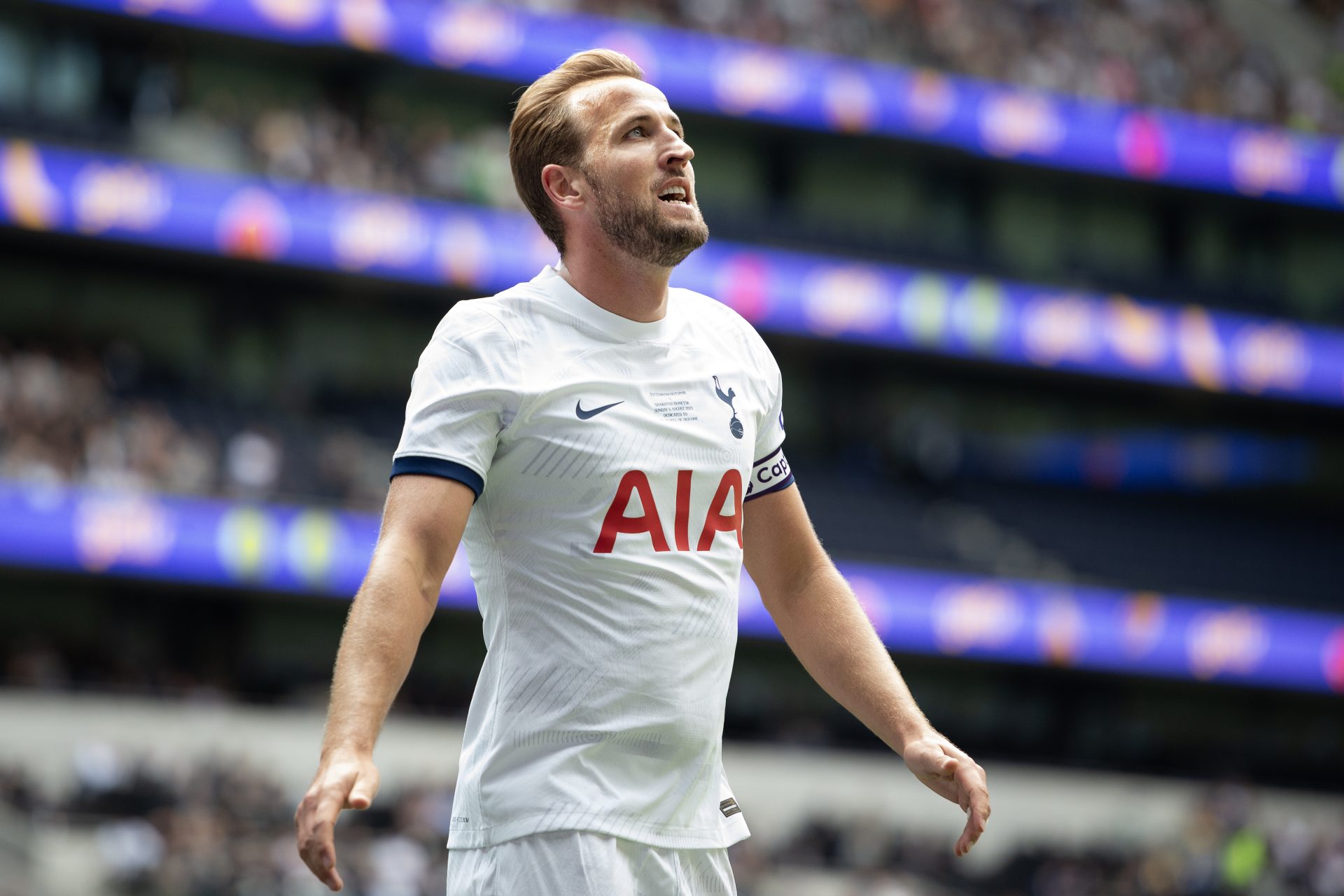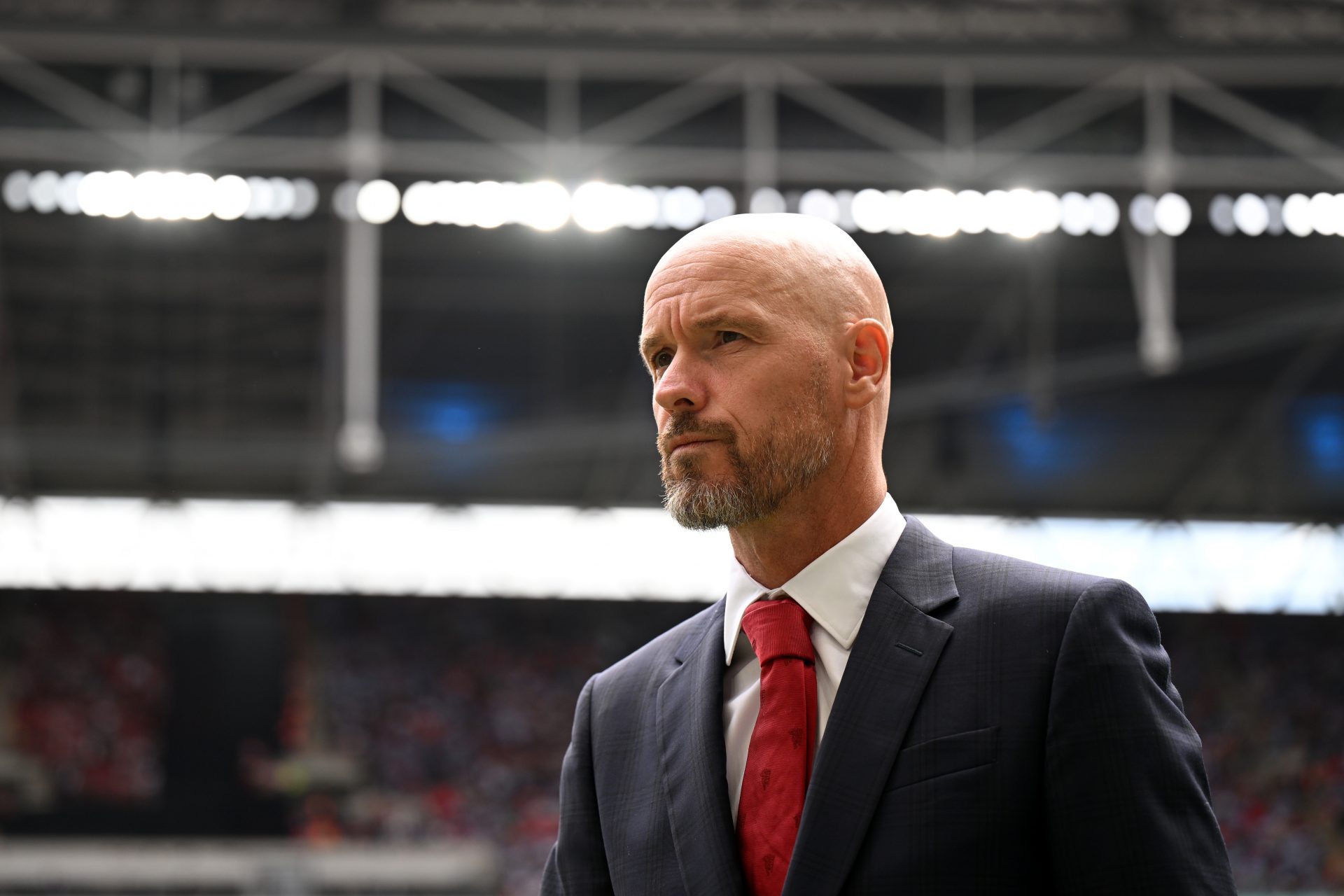Suffering For Sport: Athletes who were left with permanent injuries
Fans are often not aware of the superhuman effort that elite sport entails. Daily training, competitions against the best in the world, and rigorous travelling in the end, can end up taking their toll.
While advances in the field of sports medicine have improved the quality and longevity of playing carriers, it's still by no means a get-out-of-jail-free card – in fact, sometimes pain masking shots and operations can allow an athlete to push through the pain and potentially cause more, longer lasting damage.
There are some athletes who, whether due to injuries, genetics, or other reasons, have ended up with permanent injuries that they deal with on a day-to-day basis in their retirement. Let's look at some of the sad consequences of a life spent competing at the top level.
The autobiography of tennis player Andrea Agassi (titled 'Open' and written in collaboration with Pulitzer Prize winner JR Moehringer) became a powerful cult piece of sports literature, in particular for how it recounted the toll injuries can take on a body at the highest level.
At the beginning of 'Open' one can read: "I'm lying on the floor beside the bed. I remember now. I moved from the bed to the floor in the middle of the night. I do that most nights. Better for my back. Too many hours on a soft mattress causes agony. I count to three, then start the long, difficult process of standing. With a cough, a groan, I roll onto my side, then curl into the fetal position, then flip over onto my stomach."
And Andre Agassi adds in that start a sentence that summarizes the permanent consequences of having competed in an extreme way on the tennis courts: "I am a young man, relatively young. I am thirty-six years old. But I wake up as if I were ninety-six ".
In the midst of his fight to be the best tennis player in history, Rafa Nadal has the handicap of a chronic injury that has been weighing him down for years: Müller-Weiss syndrome, also called scaphoid osteochondritis.
Nadal himself has confessed on occasion that he had to play with an anesthetized foot to alleviate the pain thanks to radiofrequency injections. Once he retires, the injury will stay with him, though of course so will his excellent record.
The Steelers linebacker saw his life change in December 2017. A blow to the head caused a back injury that, under normal circumstances, would have left him in a wheelchair forever.
Despite everything and, although with reduced mobility, Ryan Shazier has been able to walk again and continues to thank the NFL. "I love this sport and I am grateful for what it has given me," he told social media on the day of his retirement.
Seeing Van Basten on the pitch was like seeing 'Swan Lake', elegance and art in its purest form. What not everyone knew was that his ankles were destroyed and the pain was unbearable, as he bluntly revealed in his biography 'Enough'.
ALSO: Hulk Hogan's latest operation has left him a very harsh sequel
"The pain was physical, but obviously, it affected me a lot mentally. I had many years left as a footballer and I couldn't show everything I could have been", he said. He retired at the age of 30, but since the age of 28 he had not played a single official match. To this day, you can see the consequences of his injury whenever he walks.
Guga was a different, exciting tennis player who dominated the ATP at the beginning of the century. With almost a year at number one, three Roland Garros wins, and a passionate fan base behind him, it seemed that Guga was destined for a long and storied career...
He ended up retiring at the age of 31, with his body torn to shreds by the continuous injuries. "I can't even run anymore. I don't know what it's like to live without pain, although I don't regret it. When you're giving it your all, you don't think about what your life will be like in 10 years," he confessed to the Brazilian website UOL.
It happened on September 5, 1993. Wayne Rainey and Kevin Schwantz were fighting it out for the 500cc Championship. With three races to go, it was time to go to Misano, in the Italian GP, the favorite track of the North American driver.
But as fate would have it, a serious fall caused resulted in spinal cord injury once Rainey hit the ground. Showcasing the cruel nature of competition, Kevin Schwantz would go on to win the race, while Rainey would immobilized from the waist down for the rest of his life
At the 2009 Hungarian Grand Prix, Felipe Massa narrowly escaped death. In the middle of Q2, at over 200 km/h, a screw from Rubens Barrichello's car hit him square in the head. The blow left him unconscious.
The Brazilian driver ended up crashing head-on into the wall and with a fractured skull, even despite wearing a helmet. After a long recovery, the scar on his head reminds Massa how lucky he is to still be heard.
A legend of the sport with 21 seasons in the NBA, retirement ultimately came too late for Dirk Nowitzki himself confessed on the Toni Kroos podcast. "I can't stop thinking that surely those last two years in the NBA weren't worth it." Because, according to what he says, his body is numb and in pain after years of hard sports.
The reason for his regret is that, as he declared on Toni Kroos's podcast, "if I had retired earlier, now I could move better. I could play football from time to time with the children. Now I can't even do that."
The Spanish soccer player had to retire at the age of 26 when his body told him enough was enough. Former Atlético de Madrid or Borussia Monchengladbach, among others, he underwent up to five back surgeries during his career and was diagnosed with three herniated discs.
Retiring in 2016, the former soccer player acknowledged to the Spanish newspaper ABC that he leads a normal life, despite his complicated past and taking more care than usual with his battered back.
More for you
Top Stories



























